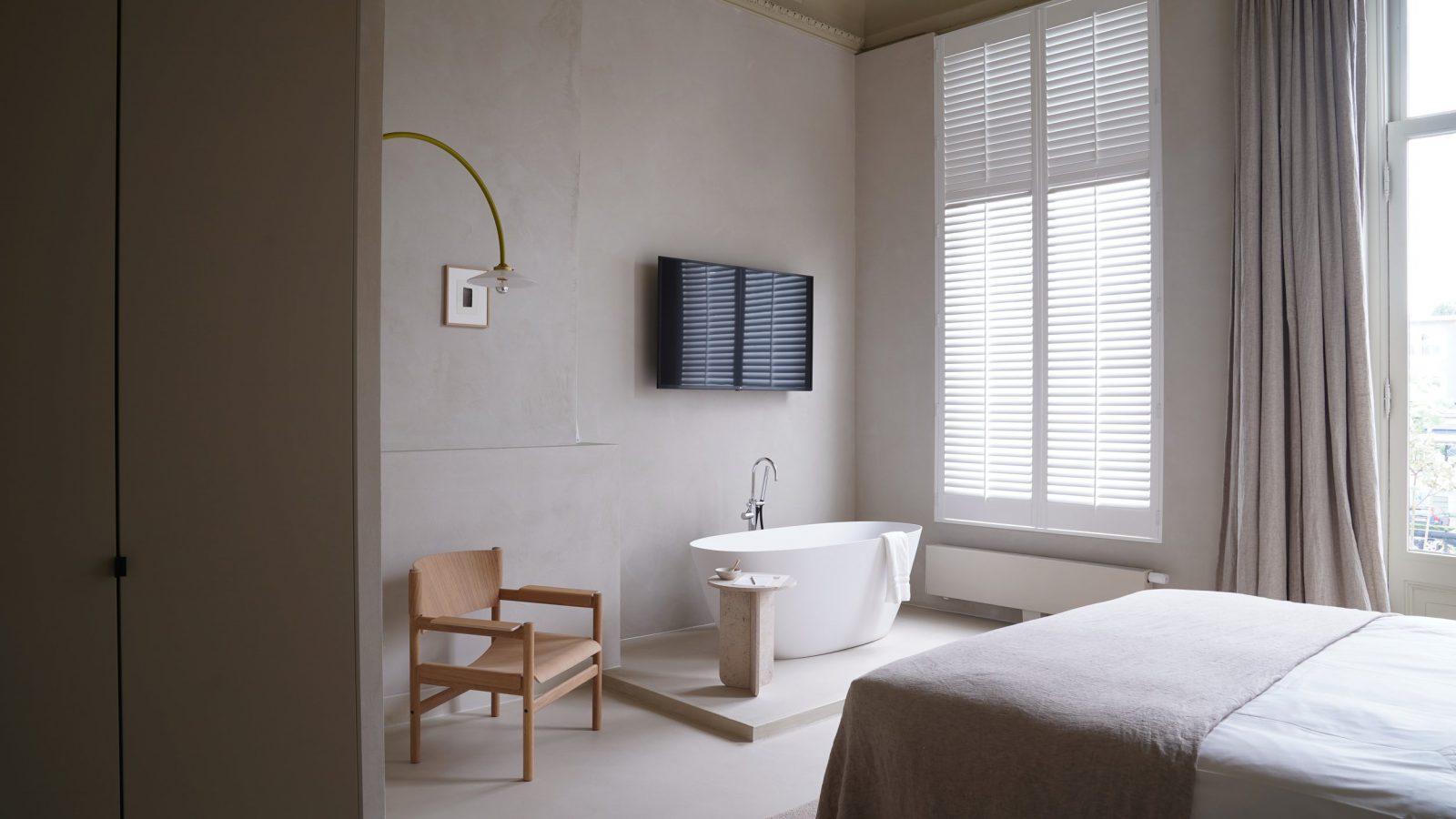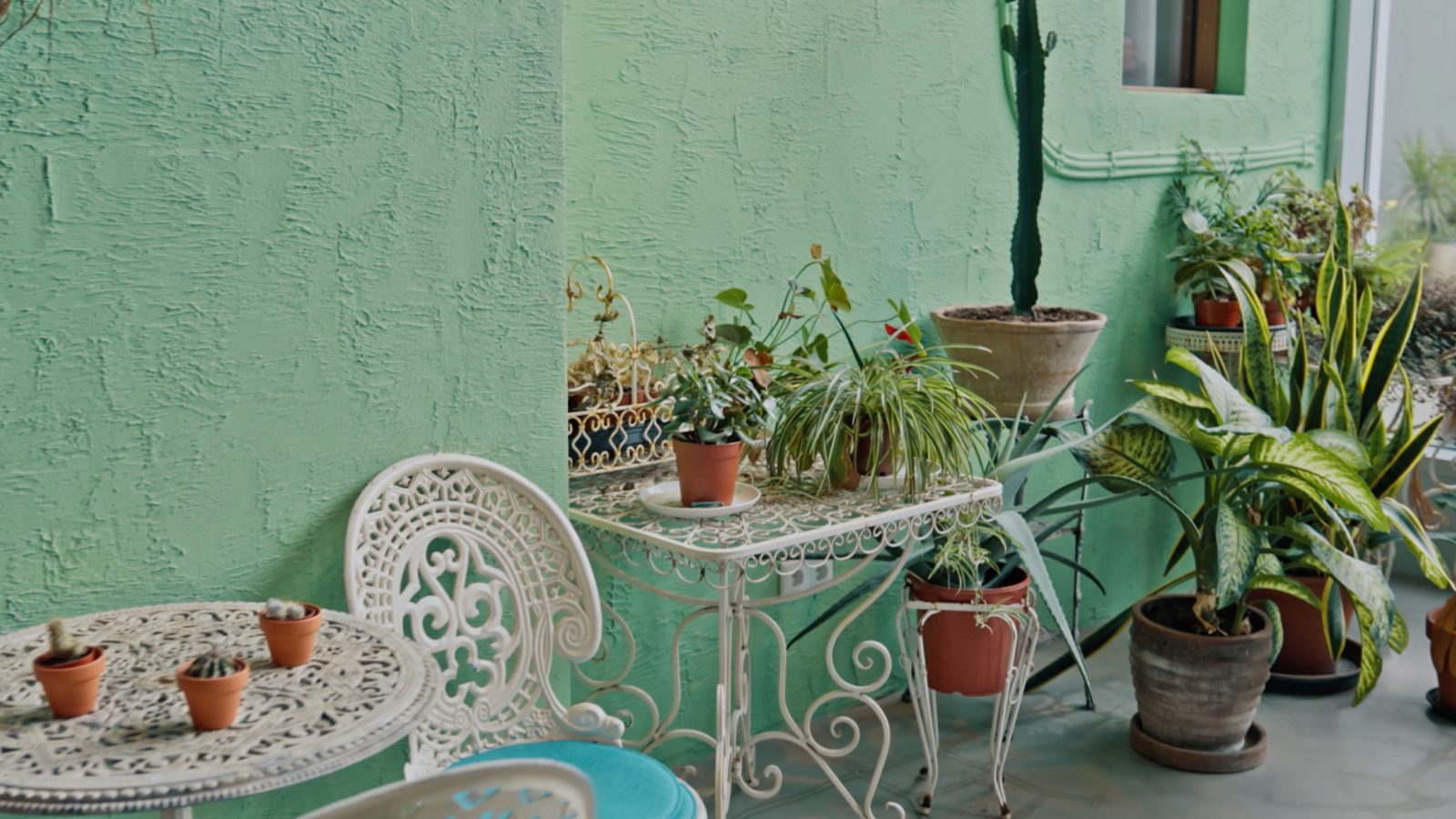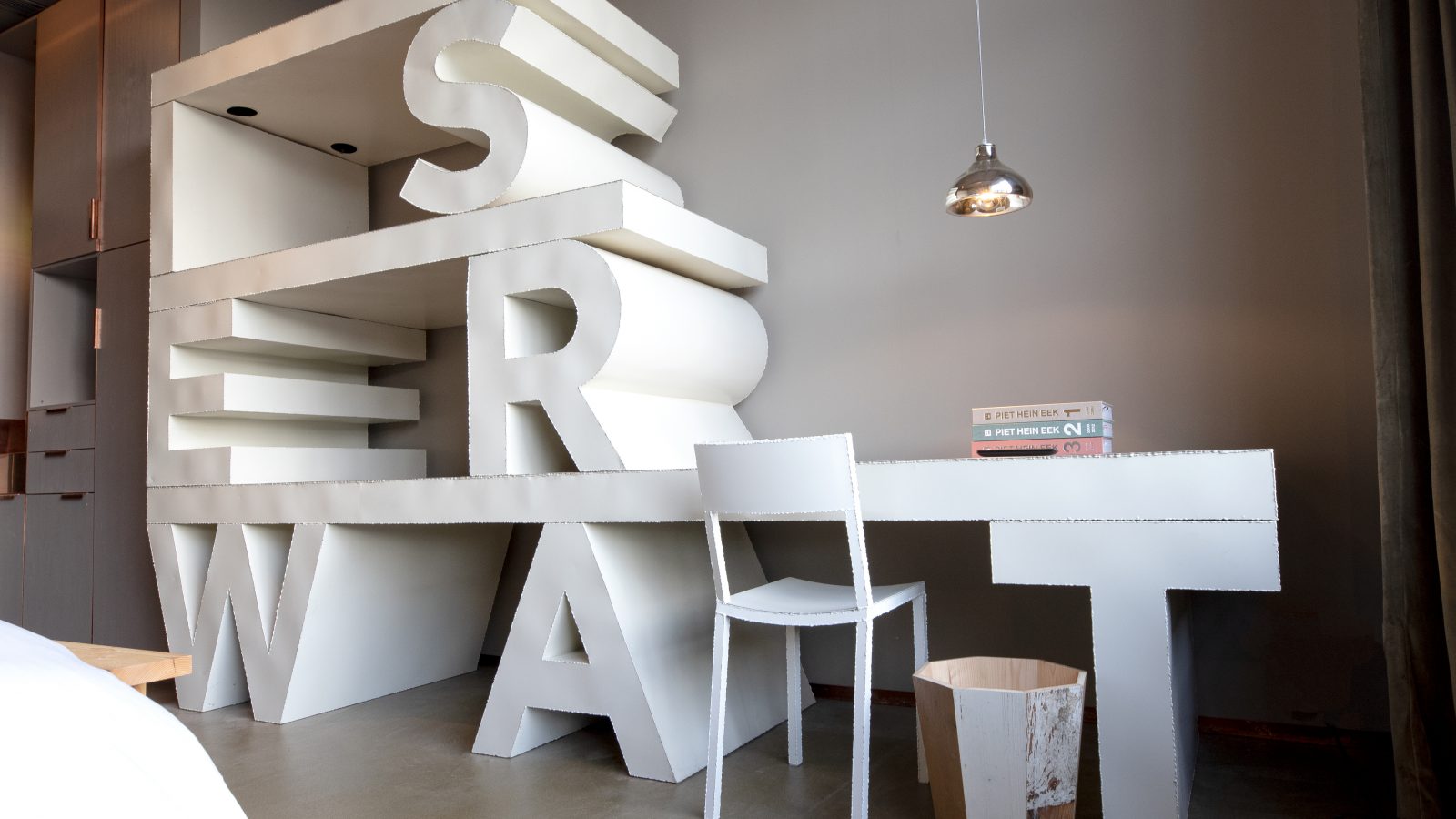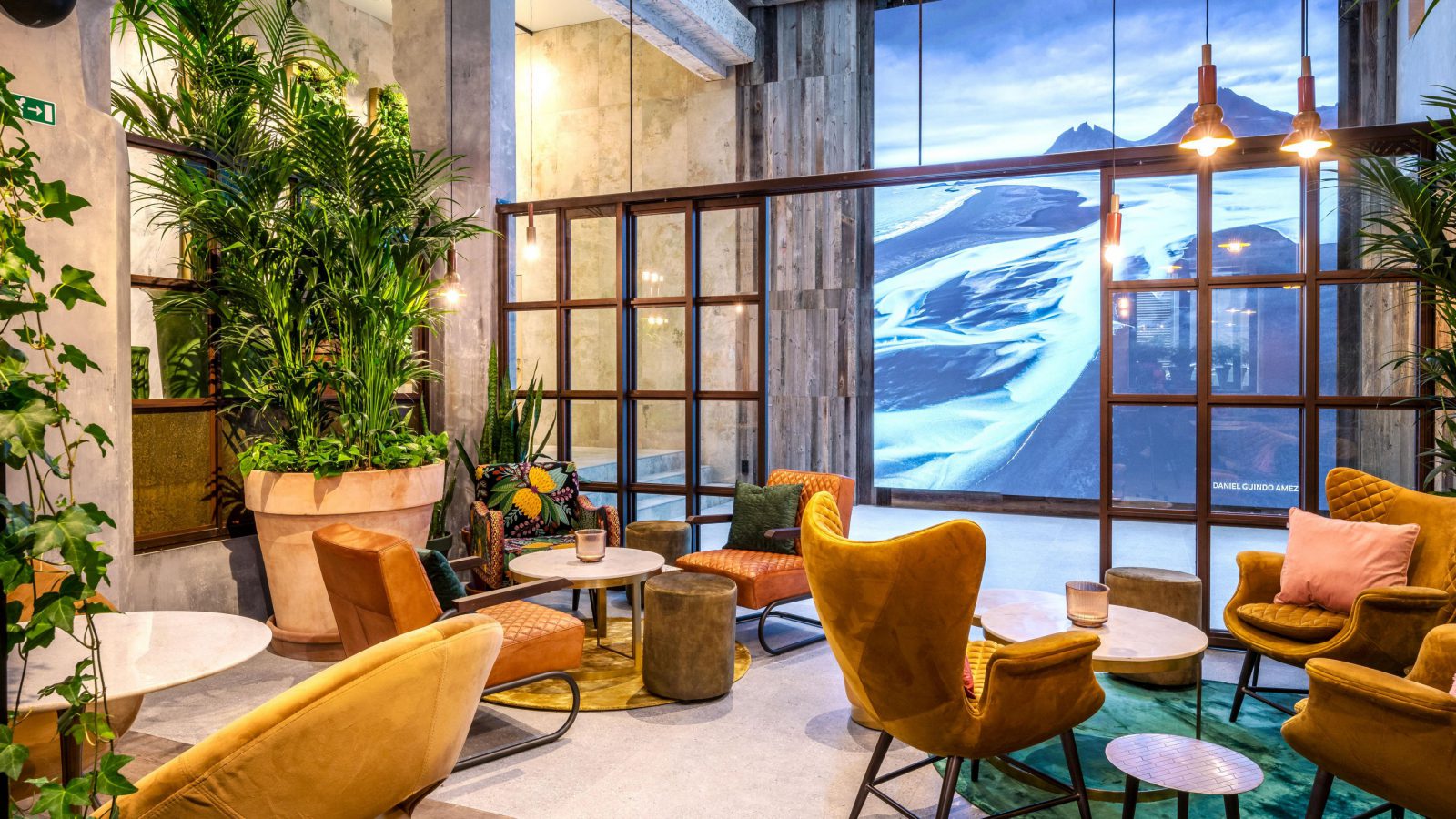Five key design trends
For the Independent Hotel Show, trend forecaster Vincent van Dijk visited various new hotels in Belgium and the Netherlands to capture the key design trends.
Interior design is becoming increasingly important for hotels. While hotel rooms used to be primarily functional, now it’s more about beauty. The design of a room influences how the guest feels. Whereas hotel interior design used to follow trends a few years ago, there’s now a focus on creating a unique identity and timelessness. Constantly updating hotel rooms and restaurants every few years is not sustainable.





